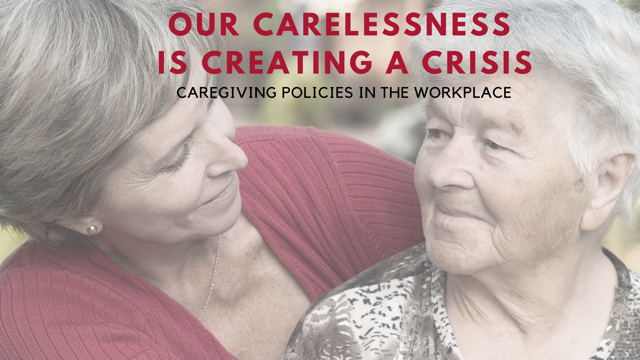Robert Kovach is an advisor to leadership teams of Fortune 500, FTSE 100, and FTSE Global 500 companies on driving business strategy through executive leadership and team effectiveness. The opinions expressed in this blog are his own. Contact him for speaking inquiries.

A lot of 2020 was marked with uncertainty, from the mundane (will stores ever stock paper towels again?) to the momentous (when will there be a vaccine?). However, there were many vulnerabilities in our society that we knew already, that have played out in bright relief during COVID-19. The pandemic highlighted the disparate availability of health care around the world, how globalisation has amplified our susceptibility to communicable diseases, and the political dynamics of individual nations’ responses to global crises. It also further exposed challenges for the corporate sector in countless ways around technological capabilities and supply chain disruption. A more low-profile dynamic that was illuminated is the dearth of caregiving policies in the workplace – we continue to grossly underestimate the impact of caregiving demands, especially on female employees. Women still shoulder significantly more responsibility as caregivers. During the pandemic, millions of children were under stay-at-home orders. At the same time, older people were at extreme high risk for serious COVID symptoms. That translated into hundreds of thousands more women in the U.S. leaving the workplace during COVID-19, in part because caregiving policies in the workplace are so poor as to leave them no other choice.
Our lack of caregiving policies risks saying that . . . we actually don’t care much at all.
The cost of caring. The problem with caregiving policies is that they are just one part of a complex problem around gender disparities. The reality is that these issues are all tied together. For one, if someone did have to stay home, the gender pay gap means that for many two-income households (with a male and female worker), it has made economic sense for the man to continue working. Women are more likely to work in roles that pay less money than their male partners, for one. But even women in a similar role as their partner are likely to make less money for the same work. They’re more likely to be in a part time role. All of these factors push the woman to leave her role if a caregiving need arises, and there is not caregiving policy available. Whereas organisations who do have flexible leave options, keep the choice from being so binary.
Then there’s timing. People who are middle aged tend to be in what’s referred to as the sandwich generation, where they have both young children and aging parents to care for. But this is also the age at which people tend to be getting more responsibility at work and increased income. So, the need for increased caretaking collides with the strongest opportunity to earn more. While the pandemic created unique demands on caretakers, the reality is that for decades this unequal burden has been borne by women far more than men. And it risks depriving women of their most lucrative earning years, which is already discounted against male counterparts.
Privatising the problem. All these issues predated the pandemic, of course. While women for many years were homemakers and added caregiving of their own elderly parents as well as their in-laws to their responsibilities over time, that scenario has long ago ceased to the be the typical one. Yet most organisations have not found a way to formally accommodate caregiving into their policies, and COVID-19 blew through a fragile, at best, situation. The United States is perhaps centre to the most acute challenge as it is one of the few countries with no national paid leave programme at all. Movements like Time’s Up have called on private actors to step up in that void. The Care Economy Business Council was created by the Time’s Up advocacy group, and more than 200 companies have signed on to the council. That’s miles away from federal policy, but small steps better than we’ve been.
It would be inappropriate not to mention that caregiving policies in the workplace should be gender neutral, for all kinds of obvious reasons. But it would be naïve to not also recognise that, in the short term, women are more high risk for the implications of no policy at all.
Caregiving policies aren’t about “showing you care”. It’s about being competitive.
This isn’t about a feel-good initiative that companies ought to do because it’s the right thing. It’s not even a necessary expense that must be accepted. It’s a smart, forward-leaning way to get and keep the best talent. (‘Forward-leaning’ might be a bit generous. Nearly ten years ago, Harvard Business Review cited a report which stated ‘Organizations that can offer more flexibility around … caregiving leaves …. will have a competitive edge in recruiting and retaining employees . . .’’) Those companies that offer caregiving policies are more likely to retain their entry-level employees who they have put resources into, when they are ready to be leaders. They will attract leadership candidates from competitors. They will manage costs of time off proactively, and foster transparency among their employees. They will make it a better workplace not because it’s nice, but because it truly is better, for all involved.

Dr Robert Kovach
PSYCHOLOGY. LEADERS & TEAMS.







